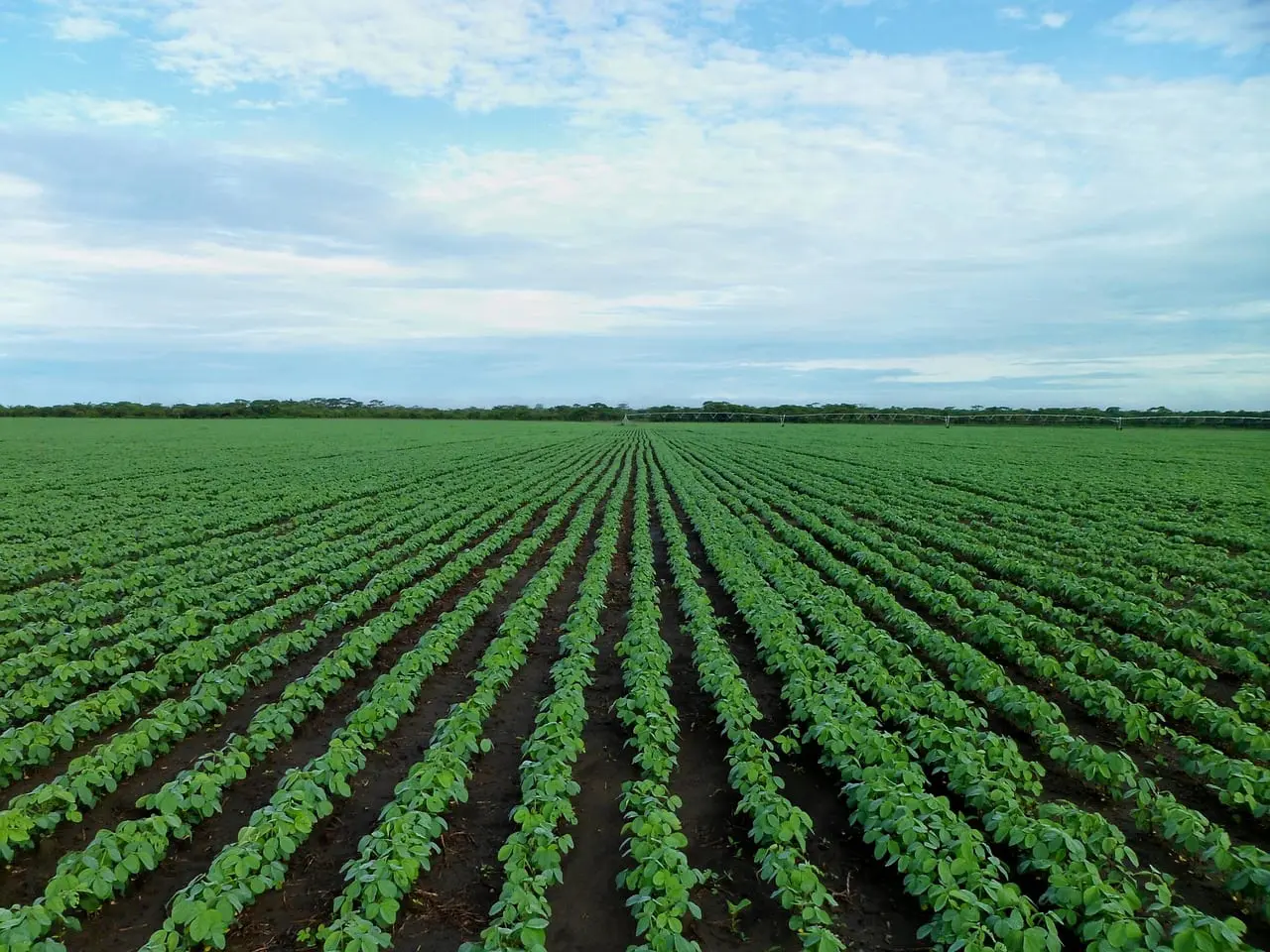New technology helps U.S soybean farmers measure water quantity and quality in soil
Humans need water to survive, as do animals, plants and nearly all living things. Our planet itself is comprised of more water than land. Water is one of our most precious natural resources, and one that farmers carefully manage to irrigate their crops, provide drinking water and sustain wildlife.
In this era of big data, we hear a lot about how soybean farmers have technology at their fingertips to measure soil quality and monitor plants, on a farm, field and even plant level. The insights gleaned from this data allow them to more efficiently monitor and manage their crops to maximize productivity and profit potential. But what about big data pertaining to water?
Modern Farmer’s Dan Nosowite reported on June 11 that NASA has launched technology to measure water quantity and quality in soil. NASA’s Soil Moisture Active Passive, or SMAP, is designed to measure global soil moisture.
This cutting-edge measurement device uses a camera/radar hybrid to measure microwave emissions, which indicate water content in the five top centimeters of the earth’s soil.
It currently does so by analyzing 25-square-kilometer blocks, but will likely be refined to hone in on smaller areas in the near future, just as on-farm big data became more detailed over time.
A Predictor of Weather Events
Soil moisture data is an indicator of crop stress. It also shows water quality and can predict droughts, floods and landslides. It can be extrapolated to predict commodity prices. It can measure runoff and pesticide levels – and can do so quickly and with great accuracy.
We can expect to hear a lot more about SMAP in the future. The U.S. Department of Agriculture (USDA) recently announced that it will include SMAP data in its online Crop Experience Tool to provide commodities intelligence articles and reports through the Foreign Ag Service by global region and crop.
Water is integral to our very existence. NASA’s technology will helps the agricultural industry understand it an unprecedented level so they can continue to care for our water as they do our land.
